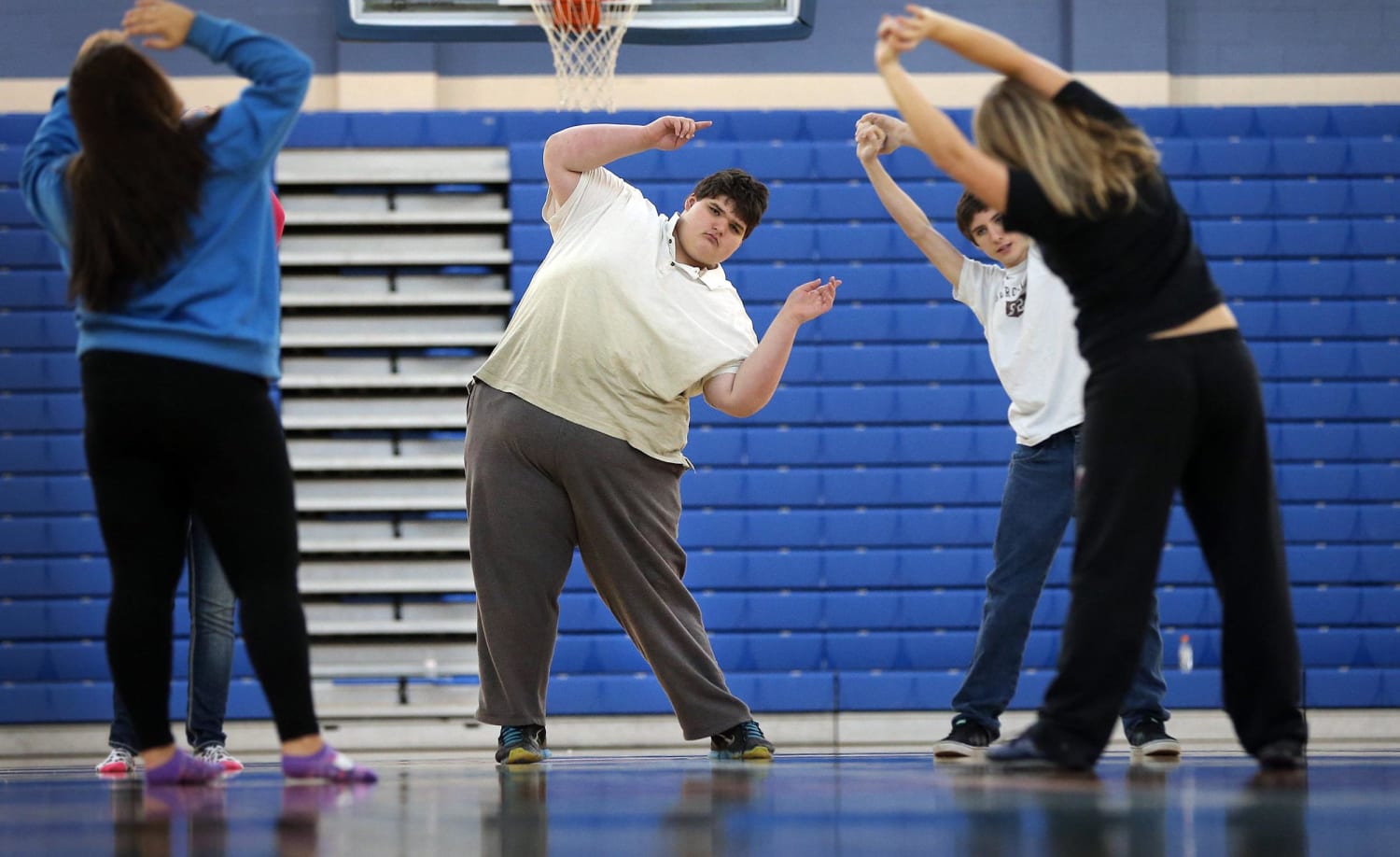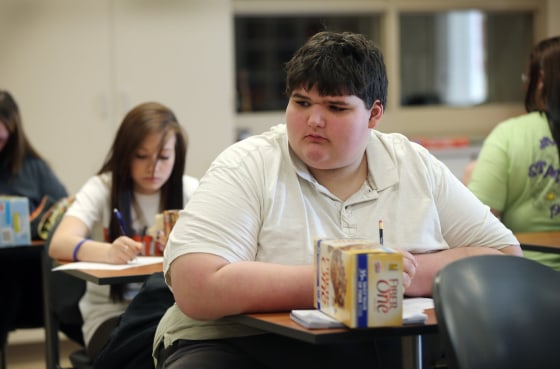
Babies smell good and look fresh all the time. But that’s no reason why they should miss out on a good bath. It’s not their fault; often new mums are scared and anxious when it comes to offer a newborn a bath. Sure your newborn doesn’t need all that scrubbing or cleaning like you every day. But they do need a bath to feel fresh and clean. Bathing also has a lot to do with your baby’s wellbeing and the hidden reward is it enhances the mother-baby bonding. Here’s how to do it right
Invest in a good baby bath tub. If you want to invest in a tub that can be used for both babies and toddlers make sure you also buy a bath seat or a bath cradle that supports your baby’s back during the initial months and keeps your hands free for cleaning and sponging your baby. Buy baby towels preferably two, one to wrap your baby and the other to clean your baby. A baby mug, especially designed to restrict too much off water flow at a time. If you plan to give your baby a bath in the family tub get a baby mat.
Make sure you have the tub ready, the towels in place, the baby soap at your reach, the bathroom stool (for you to sit on) next to the baby bath before you start. Set the things right before you enter the bathroom with your baby. Remember you should never leave your baby alone in the tub ever. Your baby can trip and drown even in water as shallow as 3cms. Also in your bedroom keep a diaper and the clothes ready to be worn after the bath.
This is tricky; you need to be very sure about the temperature of water used to bathe your baby. Ideally the water temperature should be 37C. You can use a thermometer to check the temperature. Don’t use your palm or fingers to check if the water is warm, instead dip your elbow. If you feel it’s too hot add water to bring the temperature down.
When you put your baby in the tub, make sure you are still holding your baby with one hand despite the bath seat or the bath cradle. Do not pour water directly into your baby’s sensitive skin. Instead keep your palm between your baby’s skin and the mug. Let the water from the mug fall into your palm first and then on your baby. This way it would save your baby from being hit hard with the gushing water. If your baby can’t sit upright yet then wet her body with your palms or cup water in your palms and bathe your baby.
If you use soap, though it is not recommended for newborns, do not rub the block directly onto your baby’s body. Make a soapy solution in a separate mug and dip a clean hand towel. Rub your baby with the soapy towel gently. Next wash her off as mentioned before
This is quite a task even for moms who are blessed with a second baby. Be very careful while giving a head bath. If your baby is too small, wrap her in a towel and take her in your arms. Let her head rest on the crook of your arms. Cupping water in your palms, gently pour it down your baby’s head. Ideally you can do the same with your toddler too. If you are applying a shampoo make a solution of it and again follow the same process.
Once you are done, pat dry your baby with the towel and rub the head gently. Never be harsh with your baby. Wrap your baby with a dry towel and carry her into the room. Dress her up soon, preferably making her wear the top first and not the diaper. Next help your baby with the diaper and pajama. If it’s windy get the jacket or the sweater. Or just wrap your baby with a blanket. If you have a toddler go to the verandah and play in the sun for a while to warm her up.
Source: the health site











